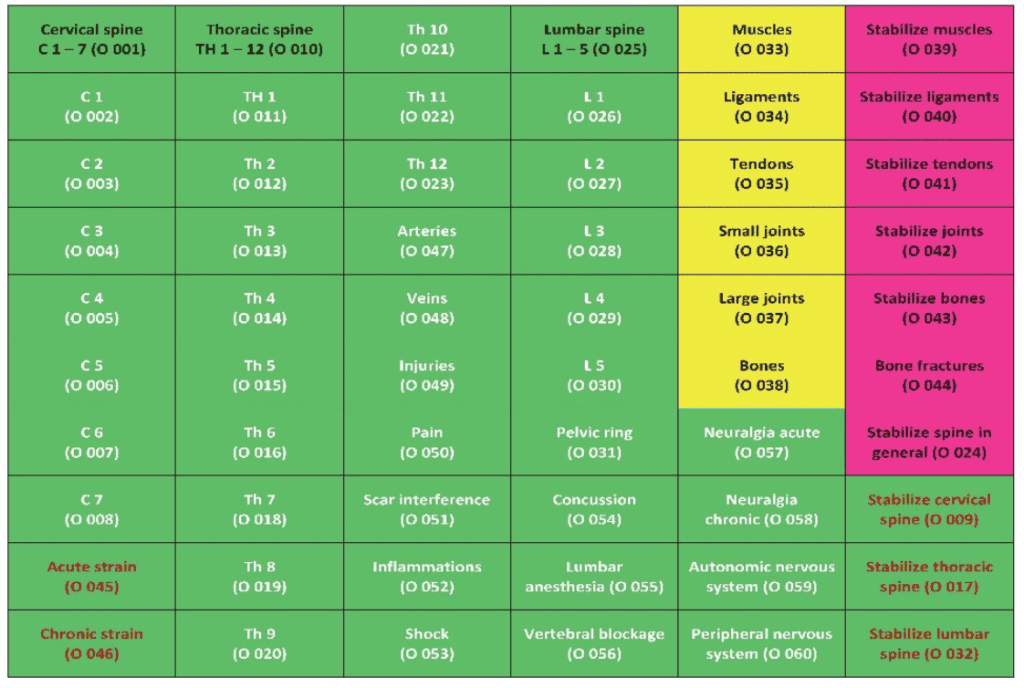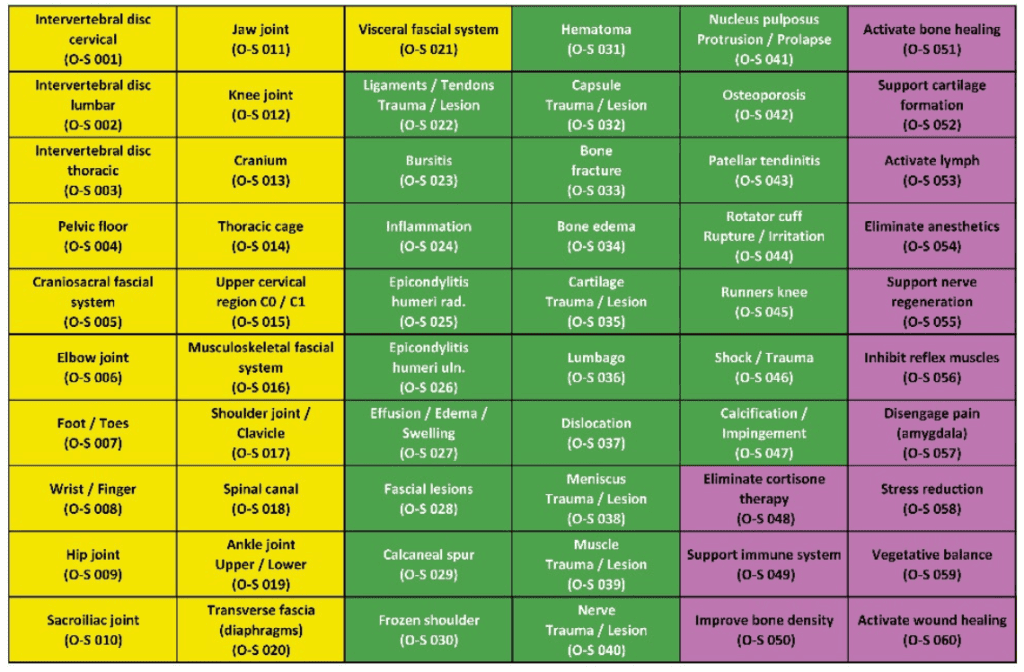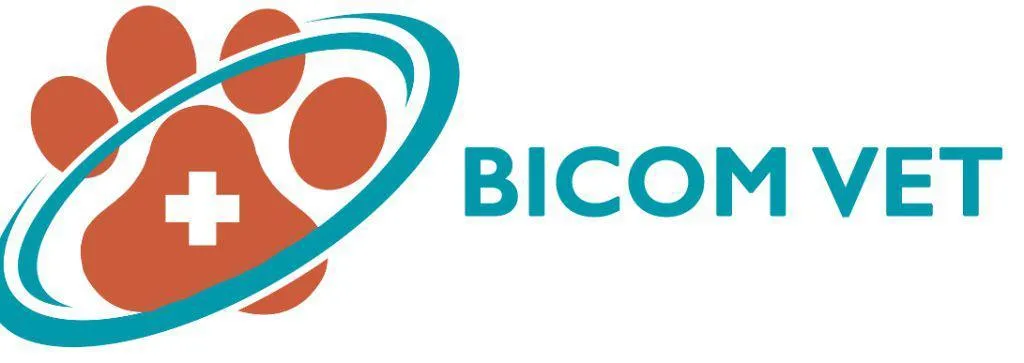
Sport injuries in horses
Custom HTML/CSS/JAVASCRIPT
Sports injuries crop up again and again in our BICOM practices. They occur in professional sports, but also in recreational riding and are divided into injuries caused by overuse, blunt trauma (e.g. falls), fractures and dislocations as well as sprains (ligament injuries) and overstretching (muscle injuries)
Often, over-exertion occurs, in part due to inadequate warm-up, faulty technique, imbalance in training muscle groups, and inadequate recovery after training. Ill-fitting equipment and rider errors can also cause or contribute to sports injuries.
Symptoms include:
Swelling, warmth, bruising,
Tenderness to touch, pain,
Loss of normal range of motionIn addition to initial care through protection, rest, ice, compression and, if necessary, veterinary care of wounds or fractures, we can support sports injuries with BICOM Therapy using proven programs.We use the patient’s own information, such as saliva, blood and, if necessary, wound secretions, as information for the treatment.
Proven programs/program chains:
Sports injuries 10154 / 630.3 / 460.9
Pain programs, various 10142 / 10145 / 710.4 / 425.0
Cell regeneration (after surgery) 10192Cell regeneration 3124.0 / 951.3
Cell stimulation 10193
Fat tissue regulation 3038.0
Lymphatic activation 930.3 / 3066.0
Tissue injury acute 922.2
Injury acute/cell regeneration 3445.0 / 477.0Muscle pain 3140.0
Muscle tension, muscle atrophy 3431.0 / 456.0 / 931.1 / 941.5
Especially in the veterinary field, the program chains 30014 and 30015 have also proven successful for this purpose 941.5
For this selection, you can find more programs/program chains in the program manual. Thematically, programs such as shock, blockages and scars should also be considered for treatment and aftercare.
If sports injury or other injuries are located in the course of a certain meridian, blockages can be released by a meridian flooding.
The 2nd channel also offers a wide range of substance complexes under the category of the musculoskeletal system as well as additional ampoules in the “yellow cup/honeycomb” from the test set.
KTT “Orthopaedics” and KTT “Orthopaedics II/Sports Medicine”.


KTT “Orthopedics” and KTT “Orthopedics Testing and treatment of the ampoules from the two orthopedics test sets:
Ampoules (Ai)
green with white writing, green with black writing
Ampoules (A)
pink /pink with black writing green with pink writing
Ampoules (A and/or Ai)
yellow with black writing
Testing 191 / 197 Ai
Therapy 197 Ai / 998 Ai / 10325*Ai
in case of joint resonance, joint therapy can also be performed.
Testing 192 A / 198 A
Therapy 198 A / 10327*A / channel2
in case of common resonance, a common
therapy can also be performed.
Testing 191 / 197 Ai
Therapy 197 Ai / 998 Ai / 10325* Ai
and/or
Testing 192 A / 198 A
Therapy 198 A / 10327*A / channel2
The ampoules yellow with black writing contain “double” frequencies Afor superficial stress, for energetic stabilization/harmonization
in the corresponding area
Aifor deeper stress or energetic blockages in the corresponding area.
All yellow ampoules can be used individually as well as in combination with other yellow ampoules from these two test sets if there is common resonance.
All ampoules tested with “A” can be applied with in the 2nd channel, individually as well as in combination, with other “A” tested ampoules for stabilization.
The conclusion of each therapy session is the stabilization with the ampoules from the KTT 5 elements according to the scheme of KTT.
**only in the BICOM optima B32 / BB832 standing device, BBM34 / BB834 mobile device and expansion module 1 included
*these program chains must not be changed or shortened, otherwise the effectiveness is no longer given
The Bicom team wishes you every success!


Facebook
Instagram
Mail